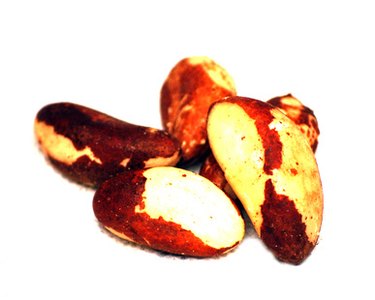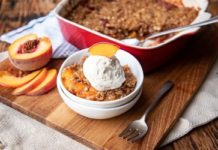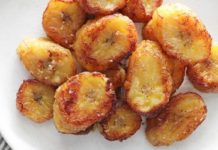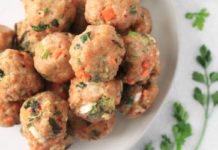 There are many fruits and vegetables available for consumption in Brazil.
There are many fruits and vegetables available for consumption in Brazil.
Brazil, known for its warm weather and delectable cuisine, also produces a wide variety of fruits and vegetables. The availability of these ingredients varies between different regions of the country. Their high nutrient content make them excellent additions to any meal, or as snacks all by themselves.
Video of the Day
Acai Fruit
The juice of Acai berries, found at many juice and smoothie bars, contains generous amounts of omega six and omega nine fatty acids, as well as a variety of vitamins, minerals and antioxidants. Acai berries are about the size of cherries and feature a deep purple in color. Due to their restorative properties, Acai berries make great post-training and exercise food. But beware, if that purple juice spills, it can easily stain your favorite shirt.
Jaca Fruit
The Jaca fruit, also known as the Jack fruit, is larger than the average watermelon and could cause severe head trauma if it fell on someone's head. This fruit grows off the trunks of trees in Brazil, falling off the tree when ripe. The edible portion of the fruit features a fleshy, off-white pulp.
Chuchu Vegetable
This vegetable original came to Brazil from the French Antilles. The term "chuchu" doubles as a term of endearment in Brazil. This pear-shaped vegetable grows on a vine and features a green color and fuzzy exterior. Chuchu vegetables grow everywhere in Brazil, but if you wish to purchase them in the U.S., visit the foreign vegetable section of your local grocery store.
Cassava Vegetable
The Cassava is a very tall perennial plant, sometimes reaching a height of fifteen feet or more. We often consume it in tapioca pudding without even realizing it. Only the Casava's roots and leaves are edible. Its nutritional value is comparable to a potato, although Cassava contains more potassium and twice the fiber.










































